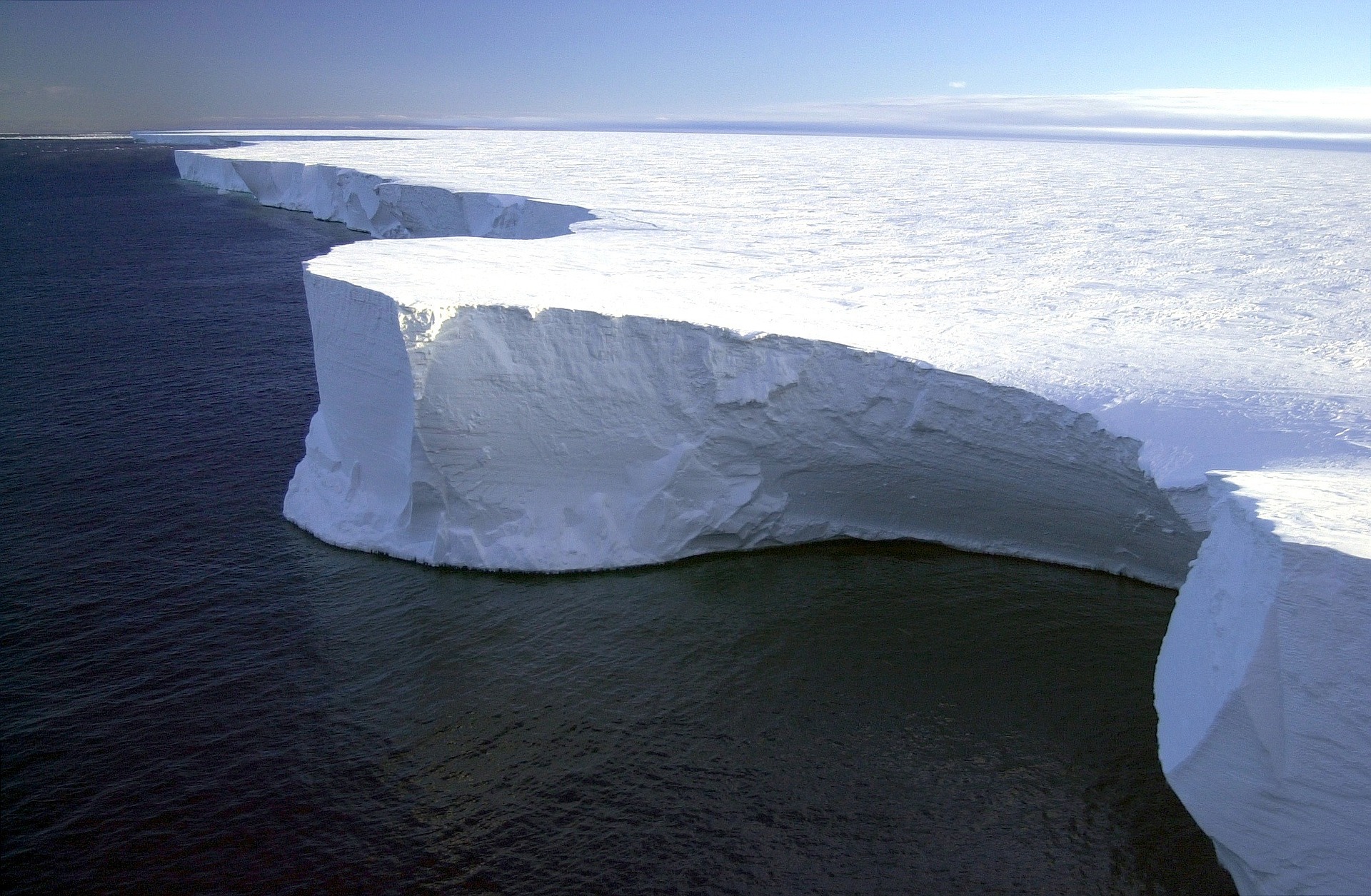Research published today has found deep ocean circulation around Antarctica has already slowed by 30% since the 1990s, confirming predictions from recent modelling it may be about to collapse.
Melting glaciers release freshwater into the ocean, and this water is less dense than salt water – so it reduces the amount of water sinking near Antarctica, slowing the ocean currents. Slowing of the deep circulation could have impacts for the climate, sea level rise, and ocean ecosystems. A recent study projected a slowdown of the Antarctic overturning by 40% by 2050, and this new research confirms this change is already occurring.
The SMC asked local experts to comment on the research.
Dr Christian Ohneiser, Department of Geology, University of Otago, comments:
“Antarctica Bottom Water (AABW) forms where the ice meets the ocean around the Antarctic margin. The super cold, salty, dense waters flow into the ocean abyss (+4000m) out of sight and out of mind, but their influence is felt around the world because they drive the global ocean circulation system which redistributes heat and nutrients around the global.
“Gunn et al used measurements made during oceanographic surveys and from moorings which monitor the salinity (saltiness), temperature, ocean current speed, and oxygenation of ocean water. The work paints a grim picture that the production of these vital, dense cold waters is slowing most likely because of fresh water input from melting ice. The addition of fresh water makes the Antarctica Bottom Water more buoyant (less dense) meaning they cannot sink into the deep ocean as easily and drive the global circulation. A slightly older study by Aoki et al (2020) showed that the production of Antarctica Bottom Water is variable and its properties probably change over decades making it difficult to detect long terms trends.
“The Southern Ocean is one of the least instrumented and studied oceans in the world with only a few decades of data; the record is patchy at best. The work of Gunn et al shows that we need to pay more attention this important but isolated part of the world. We need invest more effort into learning how the Southern Ocean works, with more oceanographic monitoring, paleoceanographic reconstructions and ocean models which have only recently become powerful enough to model the complexity of ‘warm’ ocean waters interacting with Antarctica’s frigid ice and atmosphere.”
No conflicts of interest declared.
Professor Craig Stevens, NIWA, and University of Auckland Joint Graduate School in Coastal and Marine Science, comments:
“A lot of attention is paid to the influence of Antarctic ice melt affecting global sea level rise. This remains important, but a related aspect is how the freshening of surface waters around Antarctica from the melt is influencing injection of cold, dense oxygenated waters into the global ocean system. It is a subtle interplay of meltwater, wind and sea ice formation. This change in oxygenation will shift the way the planet’s oceans work for centuries to come.
“A key aspect of the paper is its use of direct measurement of ocean changes. This is difficult in the waters around Antarctica because it is hard to access and requires very expensive ship-based work. This study shows why this expenditure is worth it. It is also motivation to extend these observations more widely around Antarctica and the Southern Ocean to improve certainty around what is the long-term trend in ocean properties as opposed to shorter-term variability.
“The work is another clear signpost that reducing greenhouse gas emissions now is vital to having our future world as close to our present one as is possible.”
No conflicts of interest declared.
Our colleagues at the Australian Science Media Centre have also gathered expert comments on the research.
Dr Ariaan Purich, School of Earth, Atmosphere and Environment at Monash University and the ARC Special Research Initiative Securing Antarctica’s Environmental Future, comments:
“There has been a recent focus on observed and modelled changes occurring around the Antarctic margins, because changes in this region can have profound impacts on global climate and sea level.
“Our understanding of the processes occurring around the Antarctic margins is hindered by the limited observations of this remote and extreme environment. In this new study, Gunn and colleagues provide important observational evidence of a freshening of the ocean around the Antarctic coast, caused by melting ice shelves. They make use of key observational evidence, supplemented with modelling to fill observational gaps, to link this coastal freshening to a reduction in the deep ocean circulation.
“This new study is significant because alongside a recent landmark modelling study, it provides further support including observational evidence that the melting Antarctic ice sheet and shelves will impact the global ocean overturning circulation, with important impacts to the ocean uptake of heat and carbon.
“While they might seem far away, changes occurring around the Antarctic margins will affect the climate and sea levels experienced here in Australia for decades to come.”
Conflict of interest statement: “I collaborate with Matt England but was not involved in any way with this study.”
